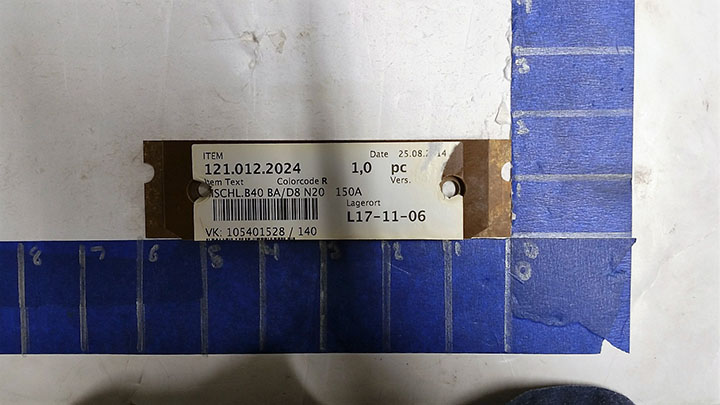Even with the best machines and plants surrounding cut-to-size saws and precision saws, things can go wrong. That's why the guardian angels watch over the SCHELLING service hotline day and night. The whole year, even on Sundays and holidays. 54 technicians are standing by in our Austrian service centre in Schwarzach (Vorarlberg) and Micheldorf. Schelling's easy to operate 'MCS Evolution' control software and 'HPO' optimization software make operating the saw a breeze. Sequences are represented in real-time mode with unsurpassed fault. The Schelling fh 5 cut-to-size saw has the unique ”Evolution“ drive concept and offers an optimally matched ratio of motor power and useable book height. The saw motor is fixed in place on the saw carriage, thus it does not move with the saw blade. This permits strong motors with higher power while keeping the operating height low. Schelling Angular Cutting System AT 580/230, with Vacuum infeed and manual Stacking. Saw blade diameter: 530 mm. Saw blade above table max.: (saw blade projection) 160 mm. Clamp opening max.: 160 mm. Schelling Angular Cutting System AT 580/230, with Vacuum infeed and manual Stacking. Saw blade diameter: 530 mm. Saw blade above table max.: (saw blade projection) 160 mm. Clamp opening max.: 160 mm.
- Schelling Saw Parts
- Schelling Saw Manual
- Schelling America
- Schelling Saw Manual Diagram
Author: Mr John Laughland
Publisher:
Schelling Saw Parts
Ashgate Publishing, Ltd.

Schelling Saw Manual
ISBN:Schelling America
1409485536
 Size
Size: 44.62 MB
Format: PDF
View: 4201
Get Books
Schelling Saw Manual Diagram
In tracing Friedrich von Schelling's long philosophical development, John Laughland examines in particular his disentanglement from German idealism and his reaction, later in life, against Hegel. He argues that this story has relevance beyond the facts themselves and that it explains much about the direction philosophy took in the century between the French Revolution and the rise of Communism. Schelling's development turned principally on the related questions of human liberty and the creation. Following a sharp disagreement with his old friend Hegel over the Phenomenology in 1807, Schelling wrote a short but brilliant essay on human freedom in 1809, after which he never published another word. In the remaining decades of his life (d. 1854) Schelling developed in an increasingly conservative and Christian direction, preoccupied with the relationship between Christianity and metaphysics. In numerous lectures and unpublished works, he attacked what he saw as the hubris and artificiality of Hegelian rationalism. However the path against which Schelling warned was the one which philosophy finally took. Schelling was determined to show how philosophy (especially ontology) explained and was explained by Christianity, and that both had been damaged by modern rationalism. But Hegel’s Marxist epigones who attended his later lectures scoffed and Hegelianism triumphed. This is an elegantly written and engaging study in the history of ideas of a philosopher on the losing side.


